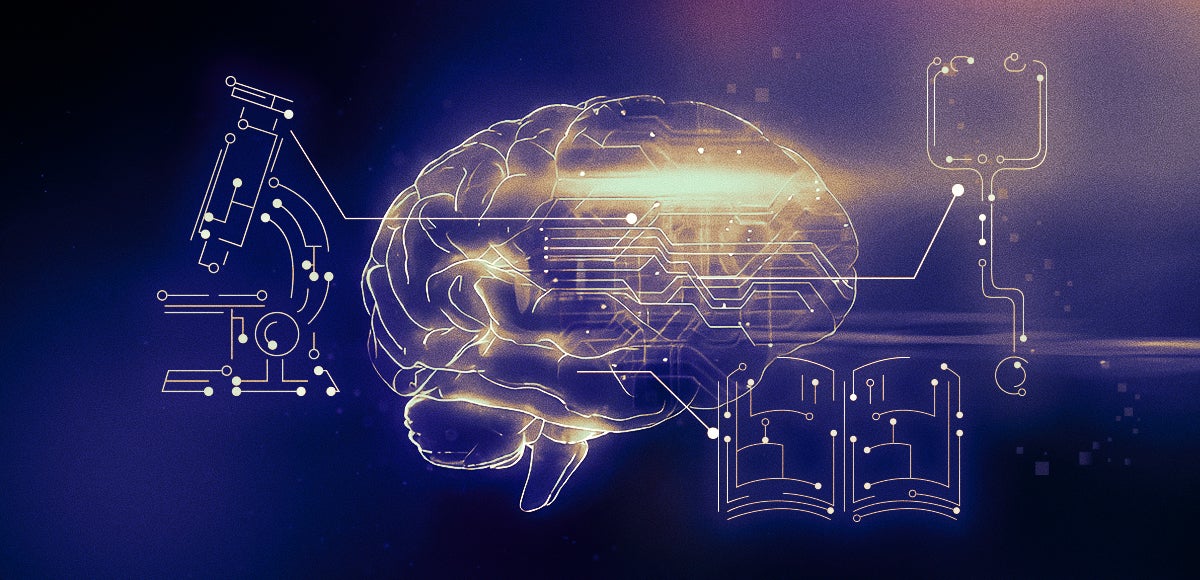Pulse of Information
Your source for the latest insights and updates.
When AI Starts Painting: The Brush with Genius
Discover how AI is revolutionizing art creation in When AI Starts Painting: The Brush with Genius. Unleash the future of creativity!
Exploring the Fusion of Art and AI: How Machines Create Masterpieces
The intersection of art and AI is a fascinating realm where creativity meets technology. In recent years, artists and technologists have begun to explore how machines can assist in the creative process, giving rise to a new genre of art that combines human intuition with the computational power of artificial intelligence. Various algorithms, such as generative adversarial networks (GANs), have been developed to produce stunning visual artworks that challenge the traditional notion of artistic creation. These AI-generated pieces not only push the boundaries of aesthetics but also provoke intriguing questions about the nature of creativity itself.
One of the most compelling aspects of AI in the art world is its ability to learn from existing artworks and styles, allowing it to create masterpieces that emulate the works of renowned artists. For instance, AI systems can analyze thousands of paintings to identify patterns and style elements, which leads to the generation of unique artworks that blur the line between original and imitation. This fusion not only expands the toolkit available to artists but also invites discussions on the role of the artist in a world increasingly influenced by technology. As we continue to explore this collaboration between art and AI, it becomes clear that the future of creativity may very well depend on embracing these intelligent machines.

Can AI Truly Understand Creativity? Insights into AI-Generated Art
The debate surrounding whether AI can truly understand creativity has gained momentum with the rise of AI-generated art. Traditionally, creativity has been viewed as an inherently human trait, characterized by the ability to imagine, innovate, and express emotions through various mediums. AI, however, utilizes algorithms and vast datasets to produce artworks that mimic human creativity. While these machines can analyze patterns and styles to create visually appealing pieces, the question remains: does this ability equate to an understanding of creativity?
Critics argue that AI lacks the emotional depth and personal experience that inform human art-making. They suggest that creativity is more than mere creation; it is an experience that reflects individuality and contextual understanding. On the other hand, proponents of AI-generated art claim that the ability of machines to create compelling works signifies a new form of artistic expression. As AI continues to evolve, the lines between human and machine-made creativity may blur, challenging our perceptions and definitions of creativity in the digital age.
The Evolution of Digital Art: Will AI Replace Human Artists?
The evolution of digital art has been nothing short of astounding, as technology continues to push the boundaries of creativity. From early pixel art to intricate digital paintings, artists have embraced new tools and platforms that enhance their artistic expression. Today, artificial intelligence (AI) plays a pivotal role in this transformation, offering novel ways to create art that challenges traditional methods. However, as we witness the capabilities of AI in generating stunning visuals, a pressing question emerges: will AI replace human artists?
While AI can replicate styles, generate art at an unprecedented speed, and even assist artists in their creative process, it lacks the emotional depth and personal experience that human artists bring to their work. Artistic expression is not just about technique; it is also about storytelling, emotion, and the unique perspective that comes from individual life experiences. As digital art continues to evolve, it is essential to recognize that AI is not a replacement for human artists but rather a tool that can complement and augment their creativity. The future of art may indeed lie in the collaboration between AI and human ingenuity, resulting in a rich tapestry of artistic expression that celebrates both technology and human experience.